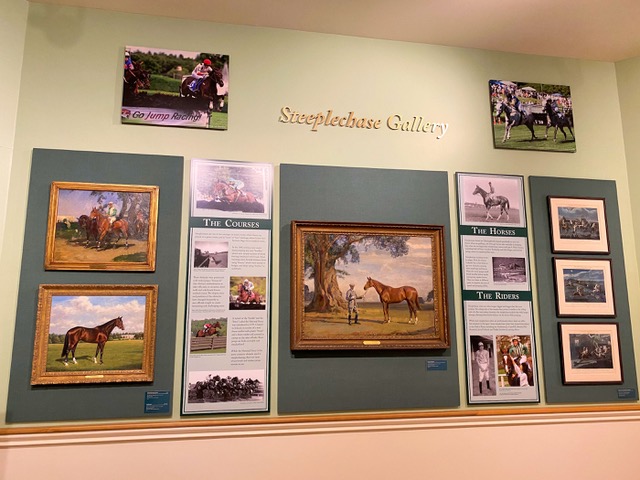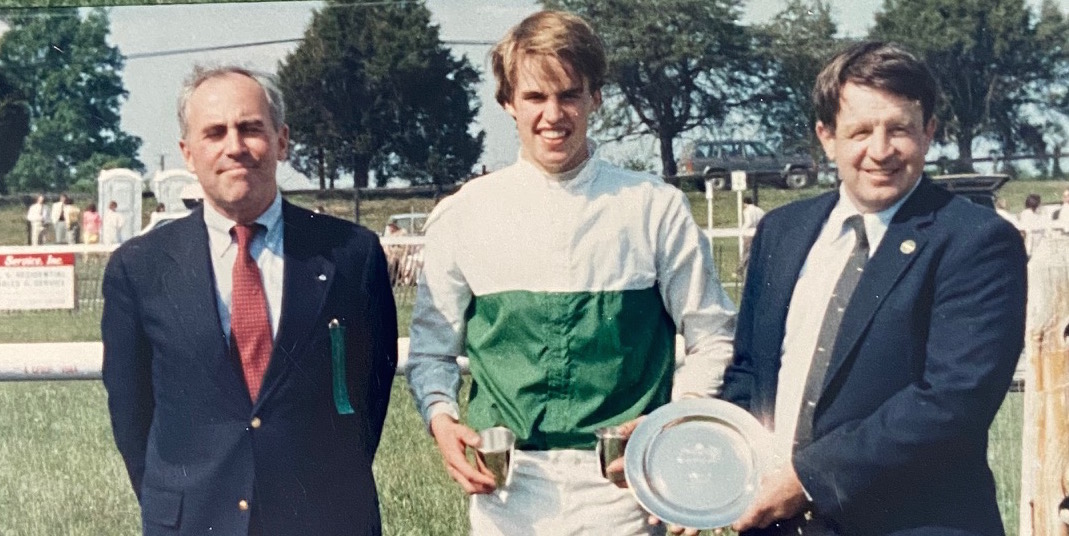
The Clancy Brothers may sound like the name of a traditional Irish music band, or even a pair of outlaws, but they are, in real life, media magnates.
Proprietors of the famed Saratoga Special, the newspaper that is published in Saratoga Springs during the race meet and which provides insightful, humorous, and sometimes poignant coverage and commentary of the whole thing that is Saratoga. It is a cherished thing, and not an inconsiderable part of the charm of summer days in Saratoga Springs.
If someone could cajole the Clancy Brothers into running this treasured publication year-round and nationally, covering only the other elite race meets of North America, then the sport would be well served.
Joe and Sean Clancy spent every summer in Saratoga as children. Their father was a racehorse trainer and they came up with him and his horses from their farm in Pennsylvania in a 6-berth horsebox and spent carefree days there.
The brothers galloped horses as youngsters, and Sean Clancy graduated, from age 18, to riding steeplechases up and down the East Coast, including at Saratoga, which is now really the only major racecourse still hosting such events.
In 1998, he won the Grade 1 New York Turf Writers Steeplechase on Hokan.
First days at Saratoga
“I grew up going to the barn with Dad, to the races with Dad,” he says. “My mom, my brother and sisters and I would all go up to Saratoga in the summer. One of the earliest pictures I have is of our family together, sitting on one of those green benches down close to the quarter pole at the track and Secretariat is jogging by in the background.
“Dad trained flat horses and jumpers, but mainly jumpers. He trained for Donald P Ross’s Brandywine Stables, a famous and historic outfit, and then Augustin Stable for George Strawbridge for around 14 years.”
Sean Clancy went on, “We’d flop in the back of the van each summer and head off at midnight and arrive early morning. When we turned onto Union Avenue, the sun would be coming up and we’d be leaning out, and man, we’d see Saratoga in all its glory. We knew it was magical, even then.
“The jumpers were stabled at the annex across the road from the Oklahoma training track when I was a kid in the 70s. It was two big barns and they were all there, Mikey Smithwick, Jonathan Sheppard, Tom Voss, Mickey Walsh, Burley Cocks, Janet Elliot …
“There were kids running around everywhere. We set up a lemonade stand. We’d cycle downtown barefoot, ride the pony around the shed row, hotwalk the odd one, head off to the races. It was magical, the people, the horses, the ambience.”
I wondered how times changed from the time he looked up at the horses to when he looked down from upon them?
“Back in the day, we’d gallop on the turf on the infield at Saratoga. Everyone wanted a maiden jump winner at Saratoga. Quality horses, by superman out of wonder woman! Mrs Ogden Phipps had a string of jumpers, Paul Mellon, powerful strings. Many trainers then had both jumpers and flat horses. That’s how it was.
“Steeplechasing was just part of the sport then. I rode jump races at Delaware Park, Laurel, Calder, Tampa Bay Downs, Keeneland, Churchill, Pimlico, Suffolk Downs, Rockingham Park and all the New York tracks. Now it’s just Saratoga, Colonial Downs and a couple of races at Belmont.”

“Jumping was huge in New York. They raced at Belmont, Aqueduct, Saratoga. I rode jump races professionally for 13 years. The first year I rode at Saratoga was 1988,.I got three rides that meet, and I couldn’t believe I got that many.
“My first ride, I finished third on a massive outsider for Janet Elliot. I remember it like it was yesterday. It was a dream come true for me. I came up every year after that. I would gallop horses each summer morning for the likes of Mickey Preger, Mike Freeman, John Hertler, PG Johnson, Mike Hushion, Leo O’Brien.
“I was at college and spent my holidays here. I earned $235 a week with Mike Freeman, which was pretty good money back then.
“Saratoga used to run about two jump races a week, so you would be hoping for about 12 rides the whole meet. The New York Turf Writers Steeplechase was the highlight of the jump races at the meet. It has just been renamed the Jonathan Sheppard Steeplechase. I was a proper Grade 1 contest.”
I contacted Michael Veitch, who is the historian at Saratoga’s National Museum of Racing and who himself has an illustrious racing pedigree, being the grand nephew of Hall of Famer Sylvester Veitch, who trained for Mr Whitney and Mr Widener, and Sylvester Veitch’s son, John, trained Alydar.
“There was racing in Saratoga before the track opened in 1864,” says Michael Veitch. “In fact, in my research, I have found evidence of a hurdle race held in 1858 at a fair on the grounds of what is now the Oklahoma training track. The first hurdle race at the actual Saratoga track was held the same year the track opened [1864] so it was there from the very beginning.
“I remember as kids, we would all cycle to Nelson Avenue, and we would tell the security guard we were going to Sylvester Veitch’s barn, and when we got in we would walk right across the main track into the infield and that is where we would sit and watch the hurdles races.”
That’s what it is really, Saratoga, ghosts of horses and horsemen. That is what memories are really, aren’t they? We walk through them all the time, we feel them, ghostly horses jumping shadows. There is probably even the ghost of a small child somewhere, running around barefoot and hustling lemonade while his Dad looks on and smiles.



